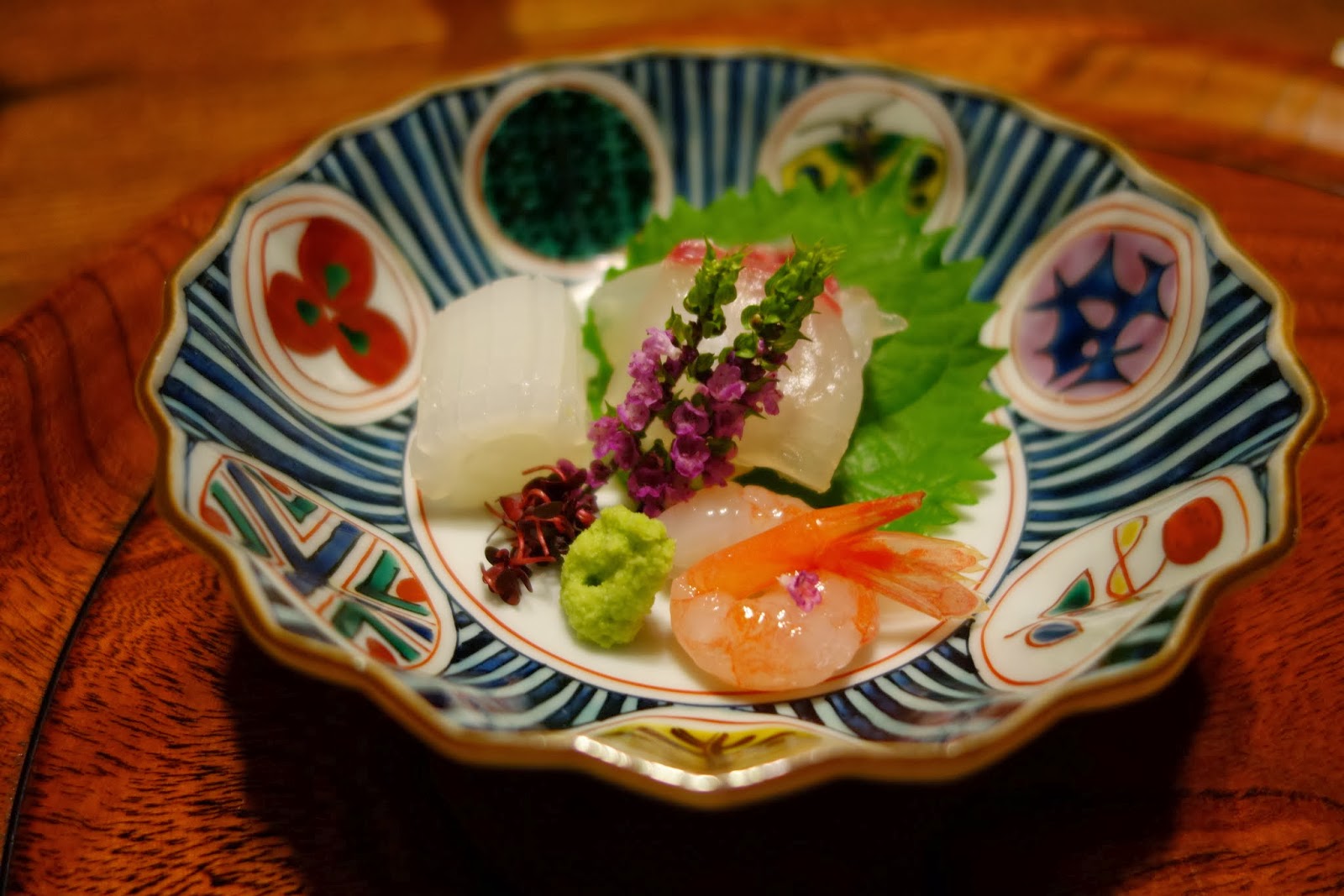JAPAN
Mount Fuji-san
富士山
Even from Tokyo Japan's highest mountain (3776 m) can be seen on a clear day 100 km away. Japan's holy mountain is a place of scenic beauty. The symetrical cone has inspired artists and poets alike. The mountain is climbed by about 300'000 persons per year.
Tokyo Skytree, TV and Radio Tower, 634m high
東京スカイツリー
Mount Fuji the magic mountain seen from Tokyo in a distance
The great wave (Tsunami) off Kanagawa by Hokusai (about 1830) with Mount Fuji in the focus.
The Geisha
芸者
Skilled in
discussion, dance, poetry and calligraphy, impeccably dressed, combed and made
up, an attempt to present the perfection of a woman as a men's personal
entertainer.
Calligraphy
書道
Introduction to writing Kanji characters
Tokyo
東京
Capital of Japan since Shogun Tokugawa Ieyasu transferred the government from Kyoto to Tokyo (then Edo) in 1603. Today Tokyo is the most populous metropolitan area in the world. About 37 Million (30% of Japan's 127 Mio) live in this area. 50 of the Fortune 500 largest companies are in Tokyo. For travellers it is one of the best city experiences you can have and Tokyo is the city with most Michelin stars of any city in the world.
Imperial Palace, Tokyo
皇居
The current Imperial Palace is located on the former site of Edo Castle the seat of the Tokugawa shogun who ruled Japan from 1603 until 1867. In 1868, the shogunate was overthrown, and the country's capital and Imperial Residence were moved from Kyoto to Tokyo. In 1888 construction of a new Imperial Palace was completed. The palace was once destroyed during World War Two, and rebuilt in the same style, afterwards. The palace is not open to the public except on January 2 for the New Year's Greeting and December 23 for the Emperor's Birthday, visitors are able to enter the palace grounds and the members of the Imperial Family sometimes make a public appearance on the balcony.
Kyoto
京都市
Nijo Castle
二条城
The construction of the Nijo Castle was initiated by in 1601 by Tokugawa Ieyasu as the Kyoto residence of the Tokugawa Shoguns. The castle has two concentric rings of fortifications, protected by a wall and a wide moat. An interesting feature of the Ninomaru Palace are the "nightingale floors" in the corridors. For protection the floors of the corridors were constructed to squeak like birds when intruders would walk on them. One of the seventeen assets of Historic Monuments of Ancient Kyoto which have been designated by UNESCO as a World Heritage Site.
Fushimi Inari-taisha, Kyoto
伏見稲荷大社
one of the heighest ranked Imperial shrines is located in Fushimi-ku, Kyoto. The shrine is famous for its path lined with thousands of torii leading up the mountain to the inner shrine.
Byodoin Temple, Uji
平等院
Temple built in 1052 by Fujiwara no Yorimichi then Chief Advisor to the Emperor. The Amida Hall or the Phoenix Hall displays an opulent seated statue of Amitabha Tathagata (celestial Buddha) sculpted by Jocho, the most highly regarded master sculptor of Buddhist images of the Heian Period.
The building, with its Buddhist images constructed nearly 1,000 years ago, is is listed as a World Heritage Site. The museum displays 52 wooden Worshiping Bodhisattvas on clouds. The temple is also featured on the 10 yen coin.
Todaji Temple, Nara
東大寺
Nara Deer Park
Tawaraya Ryokan, Kyoto
Sashimi: Blue fin tuna, red snapper, and squid
Sashimi: Sweet prawn, red snapper, and squid
Dobinmushi (Soup): Pine mushroom soup with prawn and mizuna
Grilled dish: Wagyu beef steak
Shinogi (noodle or rice) : Cold soba noodle
Simmered dish: Red snapper, Tai, head with turnip and burdock
Vinegared dish: Boiled hair crab with rice vinegar
Finishing touch: Steamed pine mushroom rice with miso soup, and Japanese pickles
Desert: Papaya and grapes
Kaiseki Dinner at Kayotei, Yamanaka Hot Springs
懐石
Ryokan room
After dinner the table is put aside and the futon is laid out in the room
The private bath
The public bathhouse
The Ryokan
旅館
Kakusenkei Gorge, carved by the Daishoji River, Yamanaka Hot Springs
Shopping in Tokyo
Sukiyabashi Jiro Roppongi Hills
Sushi and Sashimi createed by Jiro Ono's son Takashi at perfection
Sushi and Sashimi createed by Jiro Ono's son Takashi at perfection
Historic Villages of Shirakawa-go
Takayama with Cherry Blossom - Sakura
Kenroku-en Garden in Kanazawa
My Grandfather's house in Kyoto
My Grandmother's and Great Grandmother's grave, in Kyoto
















































